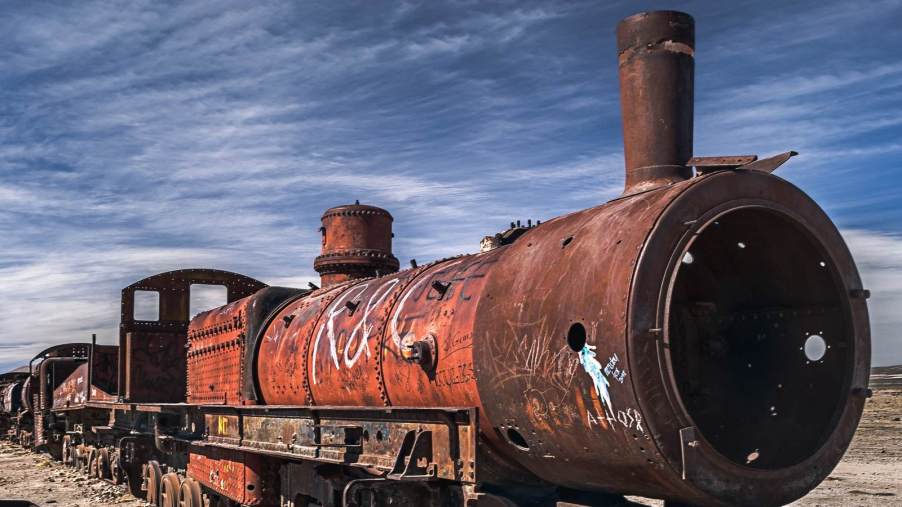
What happens to decommissioned trains?
Trains are one of the most exciting aspects of the transportation and shipping industries. Despite not being as widely used as before, trains are still an integral part of most people’s lives. This is especially true as some passenger train lines have enjoyed increased popularity. However, many wonder what happens to old trains once they’re no longer used for travel or carrying items.
What happens to decommissioned trains?
Trains have notable stories. They travel all over the country and serve several different purposes. However, even something as massive as a train has a lifespan, which means these vehicles all end up in one place or another when they are no longer safe to use. In many cases, old trains get repurposed and turned into other things. This often means museums around the country sometimes get them.
Often, old trains are recycled. In this process, all hazardous parts of the train are removed before they’re ultimately crushed. The material is then used for steel and aluminum. This process allows the train to live on in different forms and still serve purposes.
Many old decommissioned trains end up in train graveyards. Many may have heard this term and assumed they weren’t real, but they are. A train graveyard is essentially a holding area for models that companies no longer use. They go there before they are either recycled or destroyed. However, many of these vehicles end up remaining at the graveyard and decay considerably over their time there.
How long are they in use?
What happens to old trains can be both sad and exciting, as they have various paths. However, it’s also important to consider how long these machines are in use. According to the Global Railway Review, most passenger options last about 30 to 40 years. However, they could be upgraded several times over their lifespan to adjust to modern requirements.
However, freight trains can sometimes last even longer. In some cases, companies could use them for up to 50 years. This figure is especially true for locomotive engines. Freight railcars typically have a lifespan of 19.6 years. Still, every situation is different, and there are outliers.
As expected, pricing for trains is pretty costly, which is part of the reason they’re in service for so long. Passenger train locomotives typically cost around $5 million, but each car can cost somewhere between $1 and $3 million. Mainline diesel-electric locomotives cost around $3 million. Train cars for other types can cost between $100,000 and $200,000.



